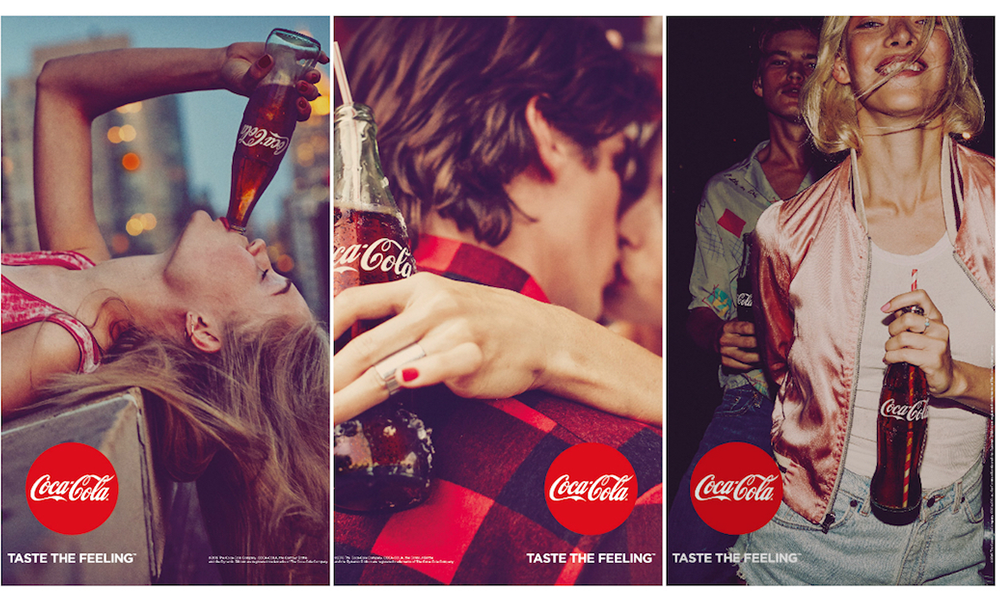Facebook Testing 10 Second Video Views
Facebook is testing a new way for advertisers to buy video promos that may help determine which ads people are actually watching.
Until now, advertisers have paid for videos immediately after they show up in a news feed—something akin to a cost-per-impression model. Now, advertisers can start paying for videos with a cost-per-view rate that kicks in after a user watches for 10 seconds, making the ad seemingly more valuable to advertisers who want to pay for qualified views.
While Facebook charges advertisers for videos the second they appear in a news feed, views are defined differently since users can easily scroll past the ads. Facebook considers a view to last three seconds compared with YouTube's 30-second rule. This has resulted in marketers' clips uploaded to Facebook to amass a wealth of views compared with those published on YouTube in recent months. But those views don't necessarily mean people are watching ads.
Facebook's test is the latest example of digital video increasingly becoming a headache for brands trying to figure out how clips perform on different platforms.
When Twitter launched autoplay video earlier this month, it tried to address concerns by promising brands 100 percent viewability, as long as the clip was seen for three seconds.
Until now, advertisers have paid for videos immediately after they show up in a news feed—something akin to a cost-per-impression model. Now, advertisers can start paying for videos with a cost-per-view rate that kicks in after a user watches for 10 seconds, making the ad seemingly more valuable to advertisers who want to pay for qualified views.
While Facebook charges advertisers for videos the second they appear in a news feed, views are defined differently since users can easily scroll past the ads. Facebook considers a view to last three seconds compared with YouTube's 30-second rule. This has resulted in marketers' clips uploaded to Facebook to amass a wealth of views compared with those published on YouTube in recent months. But those views don't necessarily mean people are watching ads.
Facebook's test is the latest example of digital video increasingly becoming a headache for brands trying to figure out how clips perform on different platforms.
When Twitter launched autoplay video earlier this month, it tried to address concerns by promising brands 100 percent viewability, as long as the clip was seen for three seconds.
















0 comments:
Post a Comment